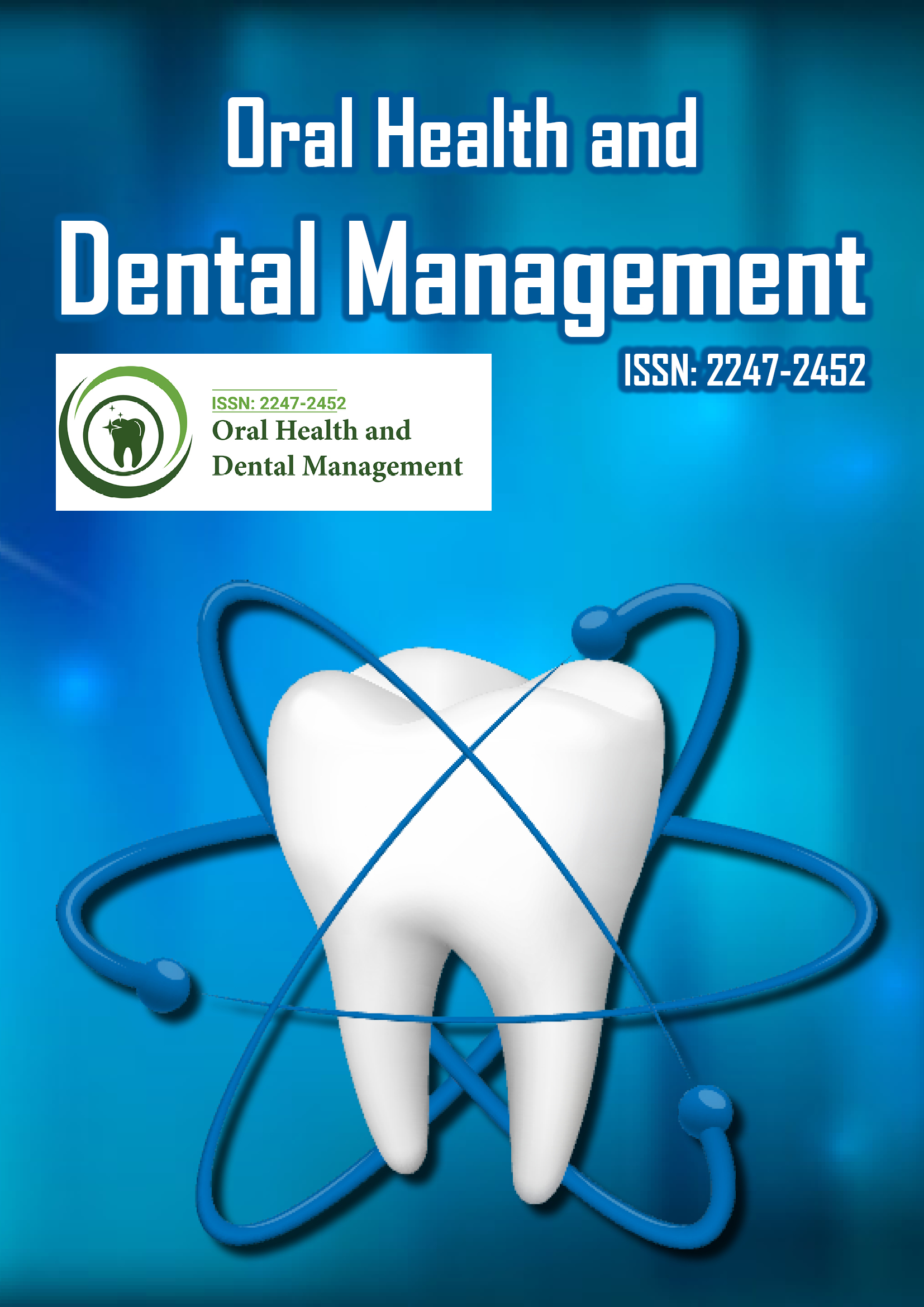Indexed In
- The Global Impact Factor (GIF)
- CiteFactor
- Electronic Journals Library
- RefSeek
- Hamdard University
- EBSCO A-Z
- Virtual Library of Biology (vifabio)
- International committee of medical journals editors (ICMJE)
- Google Scholar
Useful Links
Share This Page
Journal Flyer

Open Access Journals
- Agri and Aquaculture
- Biochemistry
- Bioinformatics & Systems Biology
- Business & Management
- Chemistry
- Clinical Sciences
- Engineering
- Food & Nutrition
- General Science
- Genetics & Molecular Biology
- Immunology & Microbiology
- Medical Sciences
- Neuroscience & Psychology
- Nursing & Health Care
- Pharmaceutical Sciences
Exploring the link between genetic disorders and early-onset periodontal diseases
42nd International Conference on Dental and Oral Health
January 22, 2025 | Webinar
Hayfa Hmoud Alkhaldi
Prince Sultan Military Medical City, Saudi Arabia
Posters & Accepted Abstracts: OHDM
Abstract:
Biologic mechanisms underlying associations of periodontal disease with cancers remain unknown. The authors propose that both conditions share common genetic risk factors. They analyzed associations between baseline periodontal disease, measured by questionnaire-recorded tooth mobility, and incident cancers, identified by linkage with national registries, between 1963 and 2004 in 15,333 Swedish twins. The authors used co-twin analyses to control for familial factors and undertook analyses restricted to monozygotic twins to further control for confounding by genetic factors. They observed 4,361 cancer cases over 548,913 person years. After adjustment for covariates, baseline periodontal disease was associated with increased risk of several cancers ranging from 15% for total cancer (proportional hazard ratio (HR) = 1.15, 95% confidence interval (CI): 1.01, 1.32) to 120% for corpus uterine cancer (HR = 2.20, 95% CI: 1.16, 4.18). Periodontal disease was also associated with increased risk of colorectal (HR = 1.62, 95% CI: 1.13, 2.33), pancreatic (HR = 2.06, 95% CI: 1.14, 3.75), and prostate (HR = 1.47, 95% CI: 1.04, 2.07) cancers. In co-twin analyses, dizygotic twins with baseline periodontal disease showed a 50% increase in total cancer risk (HR = 1.50, 95% CI: 1.04, 2.17), but in monozygotic twins this association was markedly attenuated (HR = 1.07, 95% CI: 0.63, 1.81). Similar patterns emerged for digestive tract cancers, suggesting that shared genetic risk factors may partially explain associations between periodontal disease and cancers. Increases in systemic inflammation resulting from periodontal disease may, therefore, offer one pathway by which this oral disease increases the risk of various cancers. Other mechanisms, including a compromised immunologic system and carcinogenic byproducts of periodontal pathogens, have also been proposed as possible links (13). Alternatively, underlying genetic risk factors may increase susceptibility to both conditions or may modify the relation of environmental risk factors, for example, tobacco smoke, with periodontal disease and cancers. Most epidemiologic studies of periodontal disease and cancer have extensively controlled for possible environmental confounders. The role of common genetic risk factors between the 2 conditions, however, remains largely unexplored.
Biography :
Hayfa Hmoud Alkhaldi is a dedicated dental professional specializing in restorative and esthetic dentistry at the Restorative and Esthetic Department, Prince Sultan Military Medical City (PSMMC), Riyadh, Saudi Arabia. With a strong commitment to excellence in patient care, she focuses on advanced restorative techniques and aesthetic treatments that enhance both function and appearance. Her clinical interests include minimally invasive restorative procedures, cosmetic smile design, and innovative treatment approaches that improve patient outcomes. Dr. Alkhaldi is actively engaged in professional development and contributes to academic and clinical advancements in restorative and esthetic dentistry.
